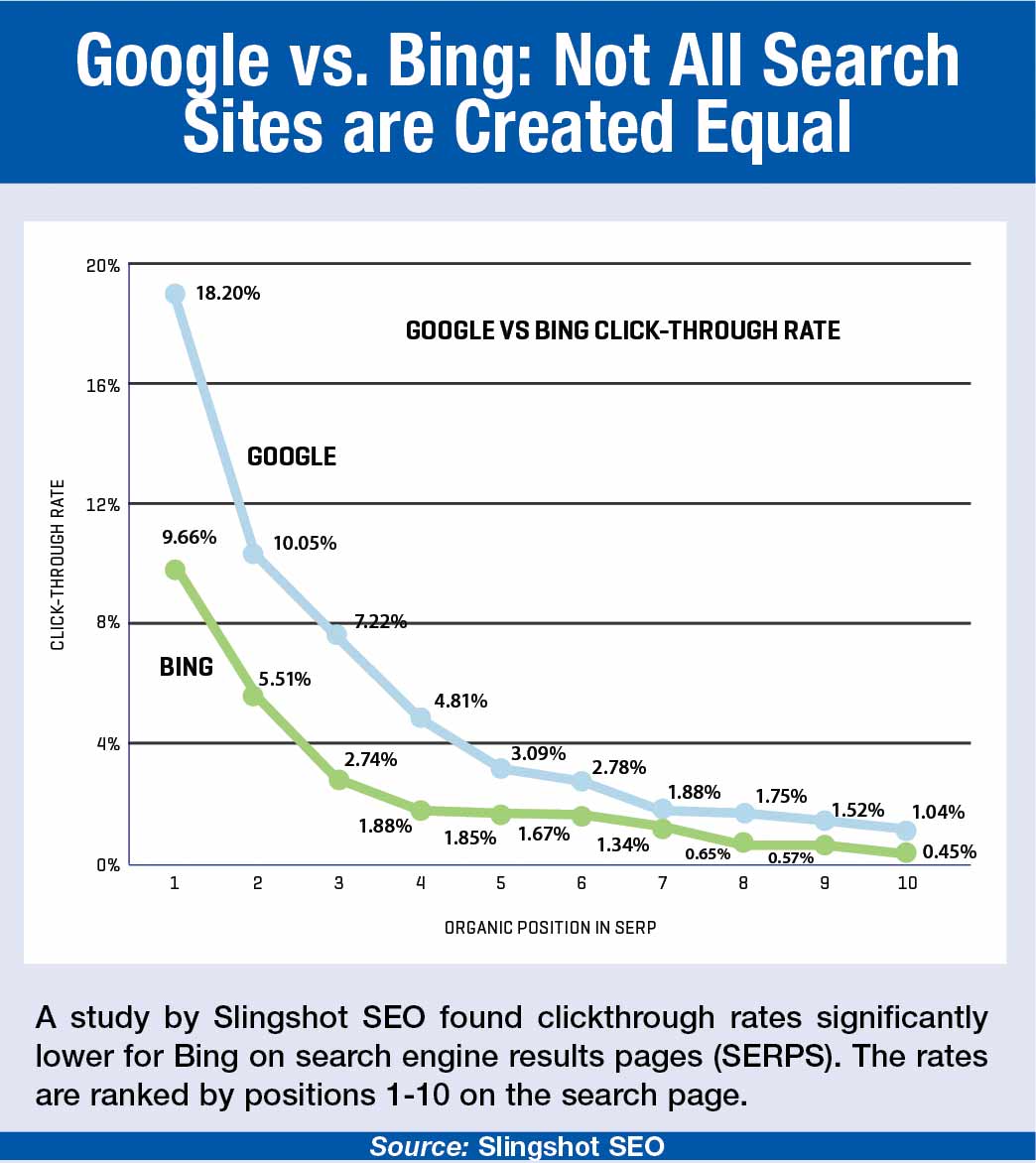 |
Today “content creation” is the latest, greatest phrase heard ‘round the digital world. But much like a tree that falls in the forest, does content that social media users never see really exist? Well, it should exist and it should be seen—and communicators working in the digital age must recognize the inter-connectivity between social media and search engine optimization (SEO).
Understanding this relationship and building integrated strategies into digital programming ensures that consumers find your content, which must happen before any social engagement can take place. Here are the five things you need to know about SEO, social media and content:
1. Not all search engines are created equal: As of September 2012, Google continues to reign supreme, attracting 900 million unique monthly visitors. Bing is a distant second with 165 million, and Yahoo! is close behind in third at 160 million uniques per month (eBizMBA). To put the power of Google into better context, a study from Slingshot SEO shows that 18% of organic clicks on Google go to the first position. On Bing, less than 10% of organic clicks go to No. 1 (see chart for details).
2. Strong SEO increases purchasing power: It cannot be overstated that search results drive sales. In fact, half of consumers use a combination of search and social media to make purchasing decisions. Another 46% of shoppers use search throughout the entire buying cycle.
It is important to make sure your social media content reflects search keywords, as 40% of users that start with search then turn to social media (Barn Raisers). And if you think everyone that turns to search already knows what he or she is buying—and where they’re buying it—think again. Nearly 50% of consumers have no specific brand or business in mind when they begin searching on their desktop or smartphone (GroupM).
4. An active (and branded) presence on social networks can boost your SEO: Social media users are twice as likely to click on an organic listing after seeing branded social media content (comScore). Socially successful brands such as Starbucks and EasyJet know this well and create social and search campaigns that enhance one another. For instance, a user might search for “a cheap cup of coffee in Queens.” While the results will include organic listings to Starbucks at retail, a sponsored listing for the Starbucks ‑ page might also turn up and encourage the user to further engage with the brand there.
5. The evolution of the meta tag: A crucial key to SEO success is meta tagging. When a user searches with keywords that match your meta tags, preview text is delivered to that user on search engines, increasing the likelihood that they will click over to your content. But be careful. If the search that delivered your site as a result isn’t among your meta tags, engines will pull copy from your site to populate this “preview” section.
For a visual guide to SEO, check out the infographic by RiseInteractive (www.instantshift.com/2012/07/13/seo-101-beginners-guide-to-seo-infographic/). PRN
CONTACT:
This article was written by Michael Lamp, social and digital media strategist at Hunter Public Relations in New York City. He can be reached at [email protected].
